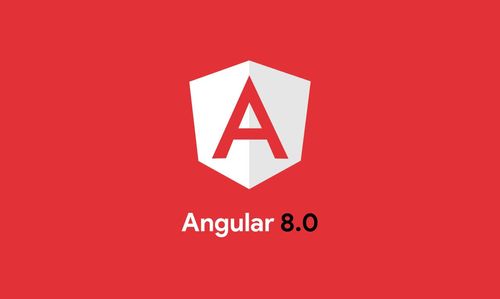In the world of web development, ensuring data accuracy and enhancing user experience are of paramount importance. Email and confirm email validation are essential elements of this equation, especially in Angular 8. This comprehensive guide is designed to equip you with the knowledge and techniques required to perform email and confirm email validation in Angular 8 effectively. We will explore advanced methods, best practices, and real-world examples to ensure data accuracy while delivering a user experience that your users will appreciate.
Why Email and Confirm Email Validation in Angular 8 Matters
Email and confirm email validation are critical for several reasons:
1. Data Integrity: Validating email addresses ensures that the data collected is accurately formatted and reliable.
2. User Experience: Providing instant feedback during the registration process enhances the user experience.
3. Security: Accurate email addresses are crucial for authentication and communication, which is vital for security.
4. Reduced Errors: Proper validation minimizes errors, such as typos in email addresses, leading to more successful registrations.
Now, let's dive into the world of email and confirm email validation in Angular 8, understand its importance, and explore advanced techniques for implementation.
Email and Confirm Email Validation in Angular 8: Advanced Techniques
Email and confirm email validation in Angular 8 can be accomplished using reactive forms and custom validation functions. Here are the primary aspects of this process:
1. Reactive Forms: Angular 8 introduces reactive forms, providing a powerful way to manage and validate form inputs.
2. Custom Validation Functions: You can create custom validation functions to perform advanced checks, such as email format validation and email confirmation validation.
3. Real-Time Validation: Implement real-time validation by subscribing to user input events, providing instant feedback to users as they complete registration forms.
4. Cross-Field Validation: Confirm email validation involves cross-field validation, ensuring that the entered email matches the confirmed email.
Implementing Email and Confirm Email Validation in Angular 8
Let's take a closer look at how to implement email and confirm email validation in Angular 8 effectively:
1. Reactive Forms: Use Angular's reactive forms to create and manage registration forms in Angular 8.
2. Email Validation: Apply built-in and custom validators to the email input field. You can use Validators.email for basic format validation and create custom validation functions for more complex requirements.
3. Confirm Email Validation: Implement cross-field validation to compare the email and confirm email fields.
4. Real-Time Validation: Subscribe to user input events, such as keypress or blur events, to trigger real-time validation and provide feedback as users complete the form.
Best Practices for Email and Confirm Email Validation in Angular 8
To maximize the effectiveness of email and confirm email validation in Angular 8, consider the following best practices:
Reactive Forms: Utilize reactive forms to create and manage your registration forms. They provide more control and flexibility for validation.
Built-In Validators: Angular provides built-in validators like Validators.email, which can be used for basic email format validation.
Custom Validation Functions: Create custom validation functions for email and confirm email validation to cater to your specific application requirements.
Real-Time Feedback: Implement real-time validation to provide instant feedback to users as they complete registration forms.
Cross-Field Validation: Ensure that confirm email validation is in place, comparing the email and confirm email fields to reduce registration errors.
Commonly Asked Questions About Email and Confirm Email Validation in Angular 8
Is confirm email validation essential for all registration forms in Angular 8?
Confirm email validation enhances data accuracy but may not be required for all forms. It depends on your application's specific needs.
How can I implement custom email validation in Angular 8?
You can create custom validation functions in Angular 8 that cater to your specific requirements, such as domain validation or other criteria.
What is the difference between template-driven forms and reactive forms in Angular 8 for email validation?
Reactive forms offer more control and flexibility for validation, making them preferable for complex registration forms.
Can email and confirm email validation be bypassed by malicious users?
While client-side validation can be bypassed, server-side validation is crucial for security and data integrity.
How can I ensure that email and confirm email validation messages are accessible to all users, including those with disabilities?
Ensure that your validation messages are properly structured in the HTML and comply with accessibility guidelines to make them readable by screen readers.
In conclusion, email and confirm email validation in Angular 8 is essential for ensuring data accuracy, enhancing the user experience, and security. By leveraging reactive forms and custom validation functions, you can create registration forms that users trust and rely on, reducing errors and providing instant feedback. Proper validation is crucial in the onboarding process, ensuring that user data is accurate and secure.



